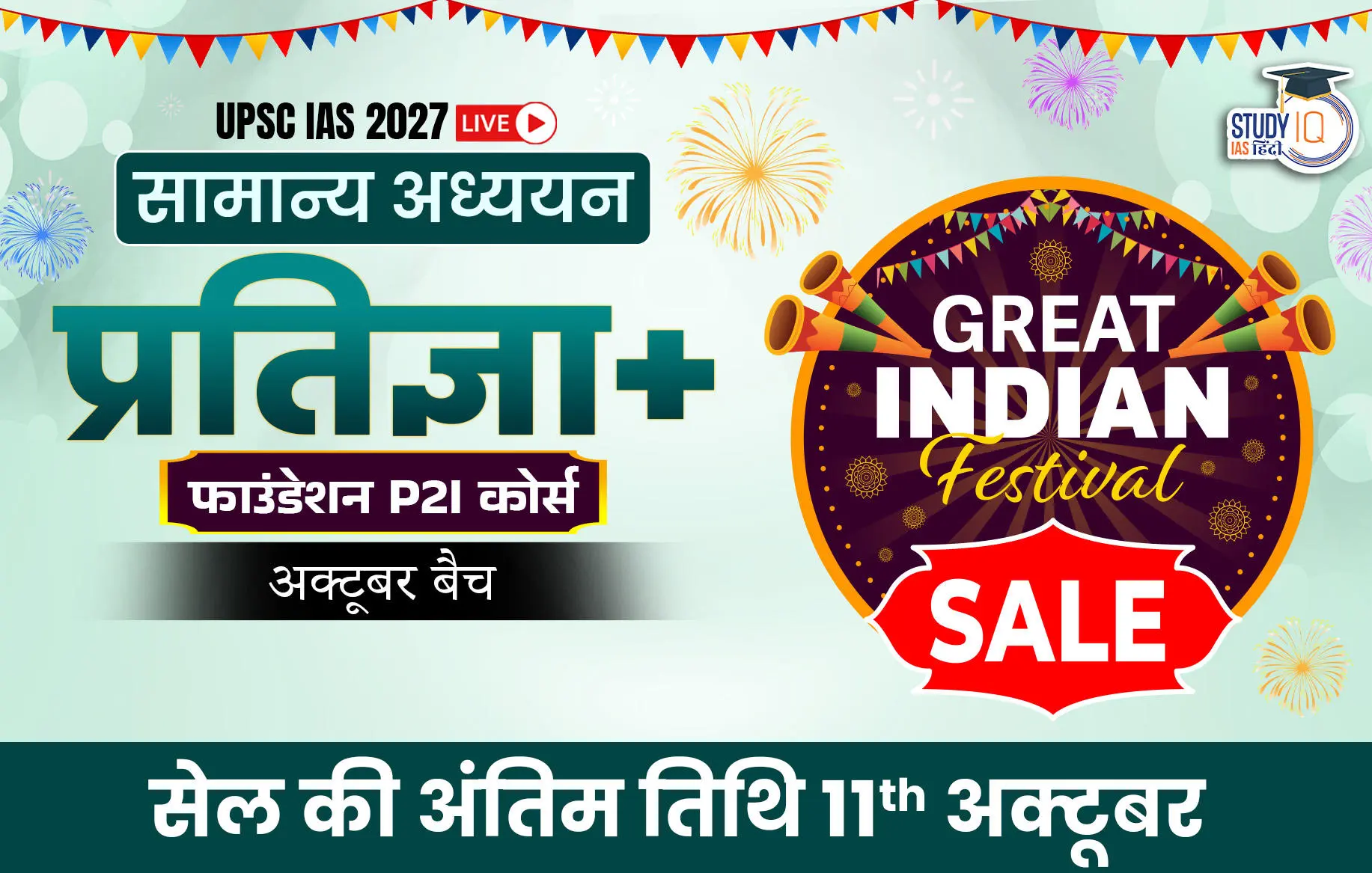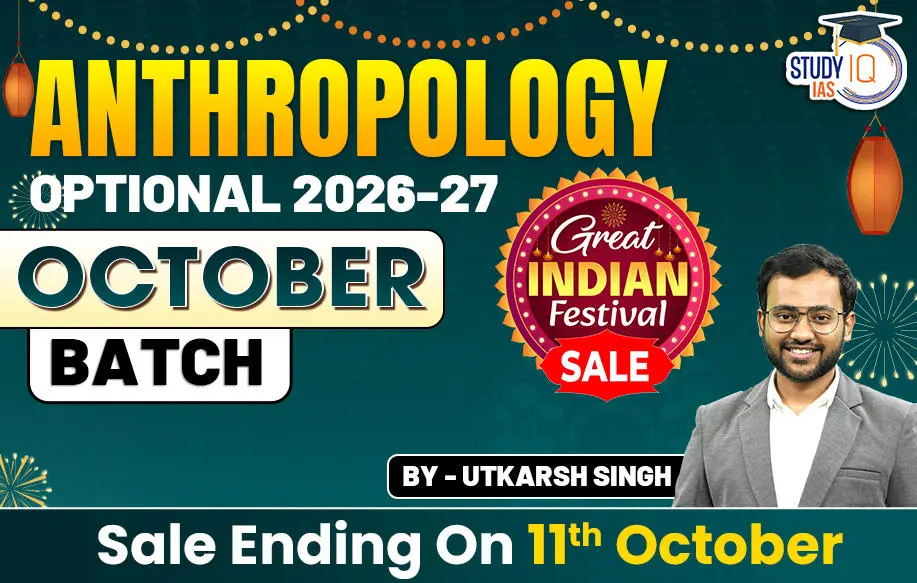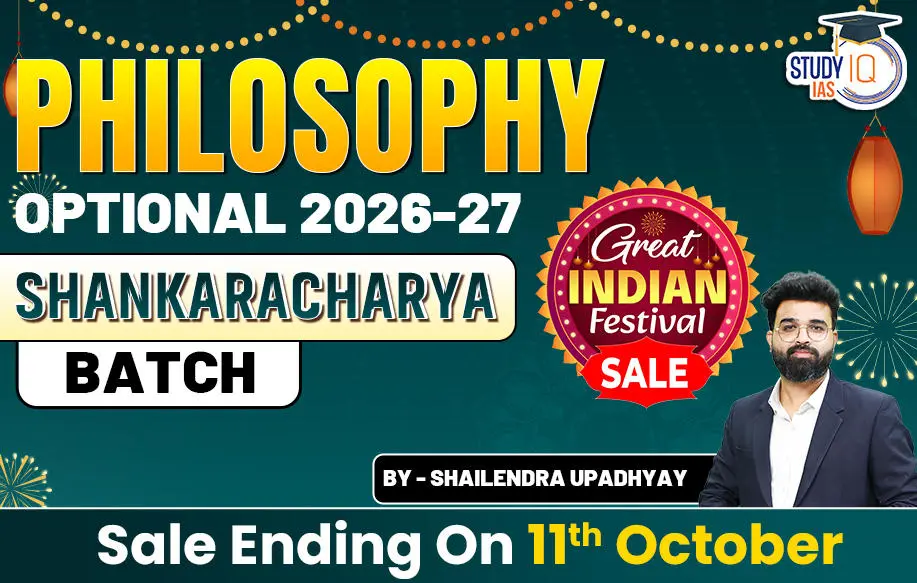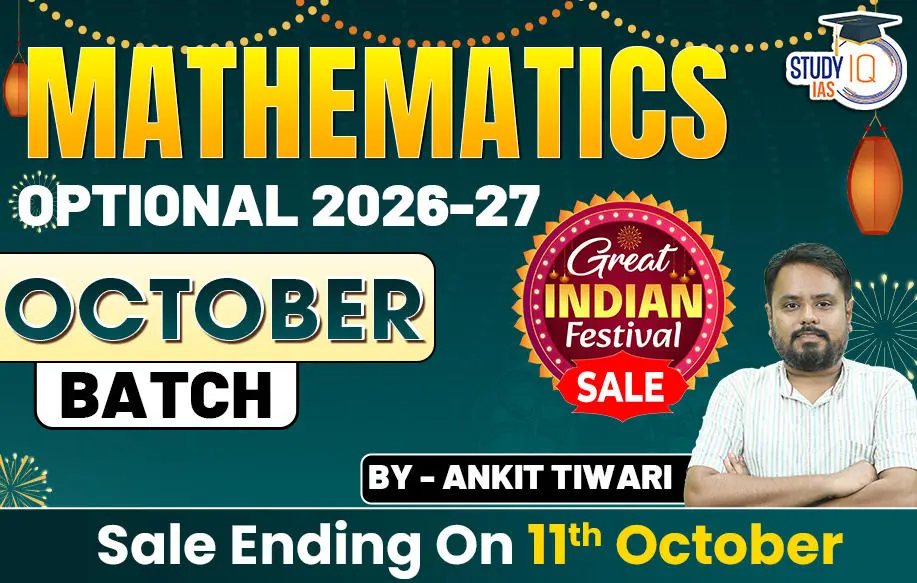Table of Contents
Context: The process of core-loading the indigenous Prototype Fast Breeder Reactor (PFBR) was initiated at the Madras Atomic Power Station in Kalpakkam, Tamil Nadu.
Prototype Fast Breeder Reactor (PFBR): An Overview
- The PFBR uses a mix of Pu-239 and U-238, with liquid sodium as coolant, to facilitate a chain reaction that produces more fissile material than it consumes.
- The initiation of its core-loading represents a significant milestone towards the second stage of India’s three-stage nuclear power program.
Stages And Development
- Initial Stage: India utilised Pressurised Heavy Water Reactors (PHWRs) and natural uranium-238 (U-238) to produce plutonium-239 (Pu-239) and energy.
- Stage II: The Department of Atomic Energy (DAE) established Bharatiya Nabhikiya Vidyut Nigam Ltd. (BHAVINI) to advance to using Pu-239 and U-238 in the PFBR, aiming to enhance nuclear fuel efficiency and self-sufficiency.
- Stage III: Involves using Pu-239 with thorium-232 (Th-232) to further exploit India’s thorium reserves, thus ensuring long-term nuclear energy sustainability.
We’re now on WhatsApp. Click to Join
Delays and Challenges
- Historical Delays: The project faced numerous setbacks, including cost overruns and operational challenges, significantly pushing back its completion timeline.
- Technical Hurdles: The transition from the Fast Breeder Test Reactor (FBTR) to the PFBR encountered difficulties, including procurement issues and the complexities of using liquid sodium as a coolant.
- Operational Complexities: Achieving the desired operational efficiency has proven challenging due to the unique properties of the reactor design, including the management of coolant and the preheating process.
Potential of Small Modular Reactors (SMRs)
- SMRs Advantages: Offer a flexible, safer, and potentially cost-effective alternative to conventional reactors, requiring less space and incorporating advanced safety features.
- Regulatory and Strategic Shifts: Adopting SMRs on a larger scale may necessitate legislative adjustments and encourage private sector involvement under strict regulatory oversight.
Significance of Stage II
- Increased Electricity Generation: Stage II aims to expand India’s nuclear power generation capacity through construction of more Fast Breeder Reactors (FBRs). The DAE plans to build four 600 MWe FBRs in addition to the 500 MWe PFBR.
- Strategic Fuel Production: FBRs are designed to produce more fissile material (Pu-239) than they consume, reducing India’s dependence on external fuel sources and promoting long-term fuel security.
- Potential for Stage III: Stage II acts as a stepping stone towards achieving the ultimate goal of the three-stage program: utilising abundant thorium reserves in Stage III for self-sufficient nuclear energy production.
- Decarbonization and Energy Security: In the face of rising concerns about climate change and energy security, nuclear power offers a low-carbon baseload power source, helping India meet its decarbonization goals and reduce reliance on fossil fuel imports.
Challenges of Stage II of India’s Nuclear Power Programme
- Technical challenges: Fast Breeder Reactors (FBRs) are inherently more complex and difficult to operate compared to other reactor designs.
- Public perception: The Department of Atomic Energy (DAE) faces public distrust due to its perceived lack of transparency and responsiveness to safety concerns.
- Lack of independent regulation: The Atomic Energy Regulatory Board (AERB), which oversees the civilian nuclear program, is not an independent statutory body and reports to the DAE secretary, raising concerns about potential conflicts of interest.
- Nuclear waste disposal: The Thorium fuel cycle, envisioned for stage III, produces several radioactive isotopes like caesium-137, actinium-227, radium-224, radium-228, and thorium-230, posing significant challenges for safe handling and long-term storage.


 Tigers Outside Tiger Reserves (TOTR) Pro...
Tigers Outside Tiger Reserves (TOTR) Pro...
 State of Social Justice 2025 Report – ...
State of Social Justice 2025 Report – ...
 Abhidhamma Divas 2025: Significance, His...
Abhidhamma Divas 2025: Significance, His...




















